The cave paintings at Bhimbetka in the state of Madhya Pradesh or M.P are approximately 30,000 years old. Much later, came the dynasties, who ruled over India for a greater part of its recorded history. New Delhi, the capital city lists over 174 monuments, including three World Heritage Sites (the Qutub Minar, Humayun’s Tomb and the Red Fort). Currently, there are 32 World Heritage Sites in India.
North India is home to a large number of monuments. The Mughal gardens of Kashmir (Char Baghs), the mausoleums of Delhi and Agra, the sanctum sanatoriums in the hills (Rishikesh, Dev Prayag, Rudraprayag, Gangotri), Buddhist holy sites such as Tabo Monastery, Dharamshala, and Bodh Gaya are some other places of note.
In West India, Rajasthan is a must visit. The state is famous for its hill forts and palaces. The hill forts of Rajasthan (six listed) are a World Heritage Site. There are also 42 places in the state. Some of them are now boutique hotels, so if you want to experience the royal life, you can do so in Rajasthan.
The east of India is a hidden gem. The city of Kolkata (or Calcutta) was once the capital of the British in India (until 1911 when New Delhi was made the capital). As a result, it has many British structures such as Victoria Memorial, Indian Museum, and Fort William. The seven sisters of the east (the seven states of North India) are also very picturesque and have immense tourism potential. The Sun Temple in Konark (the Black Pagoda) and the Khajuraho temple in M.P are other noteworthy tourist spots in the east.
South India contains a number of old temples and grand structures. The Meenaxi temple in Madurai, the Thanjavur Brihadeshwara temple (has the largest vimana or temple tower of any temple in the world), the Tirupati temple (all in Tamil Nadu), the Belur-Halibedu temple complex and Veerupaksha temple in Hampi (both in Karnataka) are some popular tourist places.
Goa is a tiny state in West India, nestled between the Western Ghats and the Arabian Sea. For a long time (until 1961), Goa was under Portuguese rule. So they have left their mark on the state’s culture, language, and architecture. Goa is very famous for its forts, beaches (Vagator, Anjuna, and Baga) and nightlife

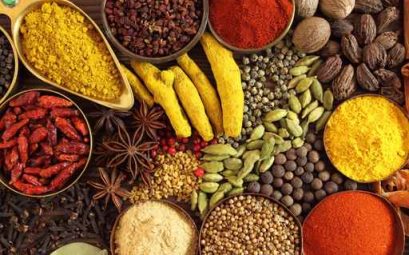
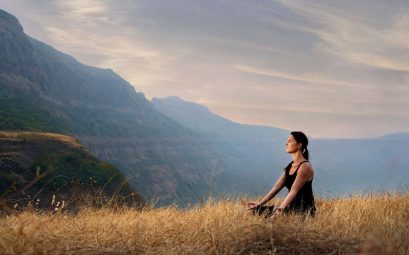
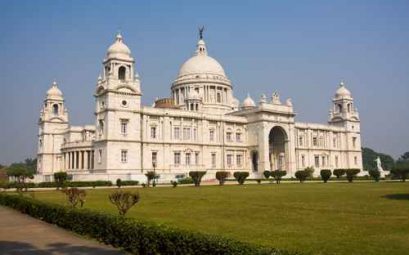

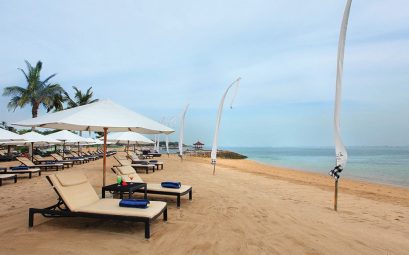
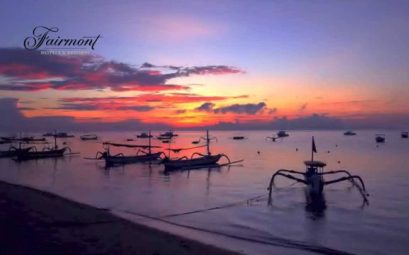
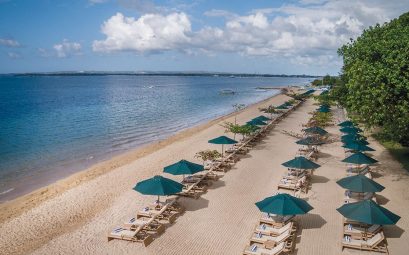
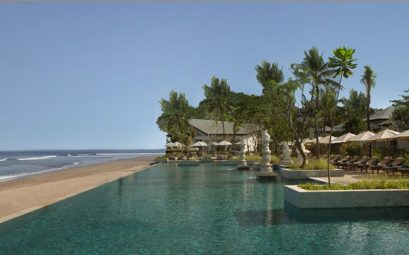
 Over thousands of years, the tiny island of Tanah Lot was gradually formed as a result of erosion by ocean tides. Surprisingly modest, it comprises of two shrines with tiered roofs, two pavilions and a few small buildings. Access down to the temple is through a sideshow alley of souvenir shops and market stalls. It is a highly spiritual place, and visitors will often see people making the trip to meditate nearby or walking to the water in order to receive the ministrations of priests.
Over thousands of years, the tiny island of Tanah Lot was gradually formed as a result of erosion by ocean tides. Surprisingly modest, it comprises of two shrines with tiered roofs, two pavilions and a few small buildings. Access down to the temple is through a sideshow alley of souvenir shops and market stalls. It is a highly spiritual place, and visitors will often see people making the trip to meditate nearby or walking to the water in order to receive the ministrations of priests.
